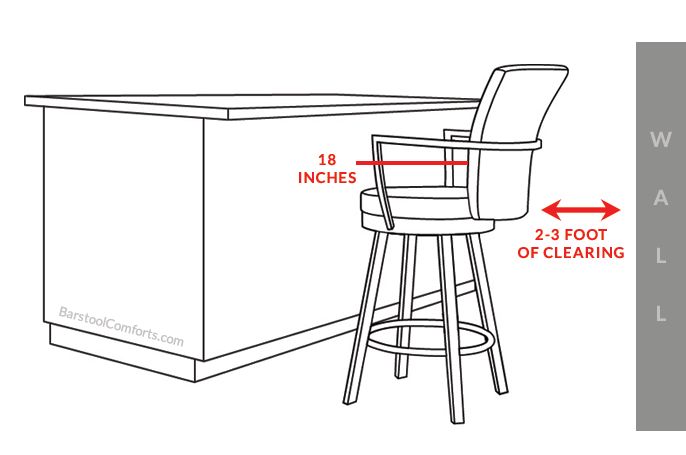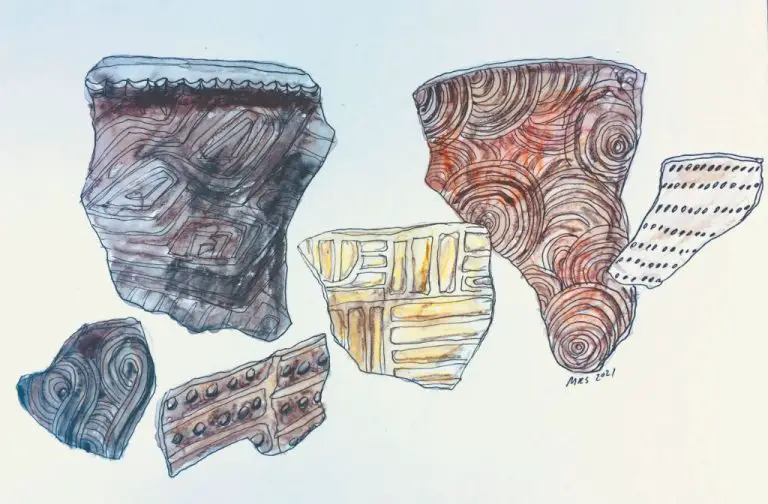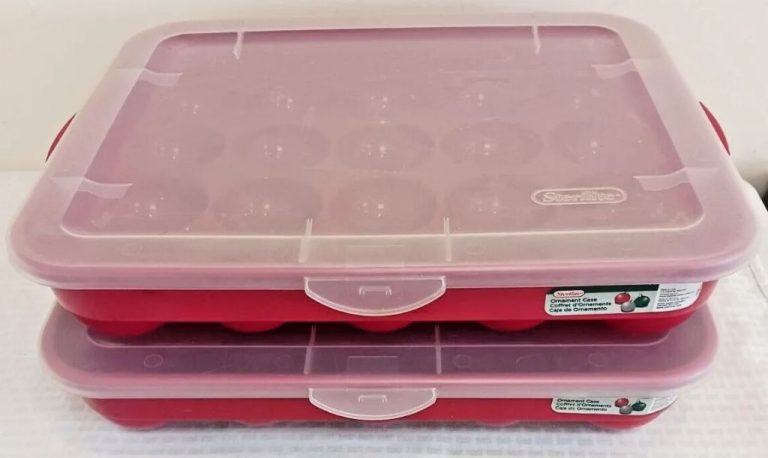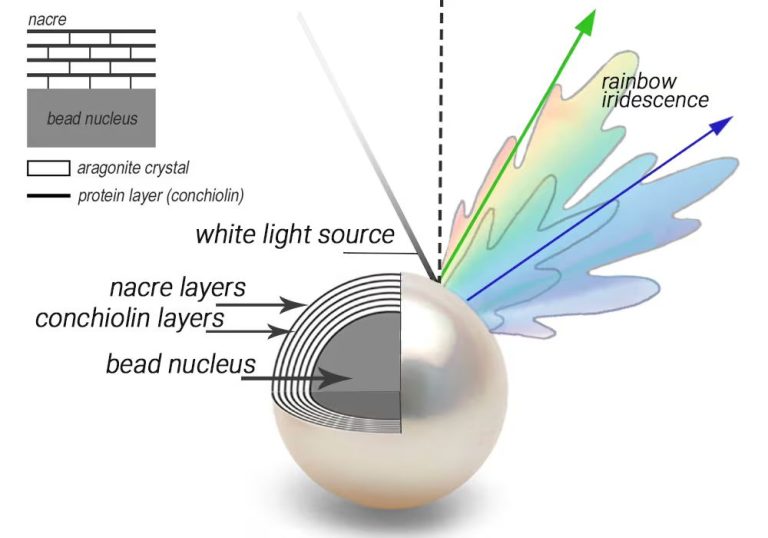What Is A Small Rake Called?
A small rake, sometimes called a hand rake or compact rake, is a gardening tool used for light-duty raking tasks. As the name implies, it is smaller in size compared to a standard garden rake, usually around 12-18 inches long.
Small rakes are handy for raking up leaves, grass clippings, and debris in tight spaces that a full-size rake may not easily fit, such as flower beds, under bushes, and around trees. Their compact size also makes them lightweight and easy to maneuver. Many gardeners keep a small rake readily accessible for quick clean-up jobs around the yard.
While a large rake is better suited to heavy-duty raking of lawns and large areas, a small rake allows better control and precision when raking smaller spaces. The short handle and head mean you can rake in a controlled manner without disturbing nearby plants. The smaller tines are less likely to damage delicate roots and stems as well. For tidy, detailed raking jobs, a compact hand rake is often the perfect tool.
Other Names for a Small Rake
A small rake is known by several other names, including:
- Mini rake
- Hand rake
- Garden rake
The term “mini rake” refers to the small size of these tools compared to full-sized rakes. “Hand rake” indicates they are designed to be used with just one hand, unlike larger rakes that require two hands. “Garden rake” is a general term for a rake used for light gardening tasks (according to https://www.familyhandyman.com/list/types-of-rakes/).
These compact rakes are ideal for working in small garden beds and tight spaces where a full-sized rake would be unwieldy. Their small size and one-handed operation make them easy to maneuver and control.
Uses for a Small Rake
Small rakes, sometimes called hand rakes or shrub rakes, have a variety of uses around the yard and garden. Their compact size makes them ideal for detailed work in tight spaces that a large rake can’t maneuver in. Here are some of the main uses for a small rake:
Weeding – The tines on a small rake can efficiently dislodge and pull up weeds from garden beds, patios, walkways and other hard-to-reach areas. They are especially useful for removing shallow-rooted annual weeds.
Cultivating soil – A small rake is handy for breaking up and smoothing over soil in small garden plots or flower beds before planting. The tines help remove debris and create an even surface.
Spreading mulch – Small rakes evenly distribute mulch, gravel or other materials in confined areas where a large rake won’t fit. The short tines allow precise control over spread depth.
Leveling sand – Compact hand rakes with rigid tines can effectively rake, spread and grade sand in spaces like utility trenches or playground areas.
Cleaning up debris – Small rakes quickly gather up leaves, twigs and other yard debris from in and around garden beds, walkways and other landscaping features.
According to LawnStarter, small rakes are especially useful for maintaining perennial and rock gardens where large tools can damage delicate plants. Their short handle and head let you rake right up to obstacles and foundations.
Overall, the modest size and easy handling of a small rake make it versatile for light-duty lawn and garden jobs. Their focused tine area provides precision raking action in compact areas a full-size rake simply can’t access.
Sizes of Small Rakes
Small rakes, sometimes called hand rakes or garden rakes, typically come in a range of sizes to suit different purposes. Here are some of the most common dimensions:
-
Mini Hand Rakes – These are the smallest types, usually around 6-12 inches long. They are designed for precision gardening tasks like working in tight spaces.
-
Standard Hand Rakes – The head is commonly 14-16 inches wide on standard models. This is a versatile mid-sized rake good for general usage.
-
Large Hand Rakes – Larger models may have 18+ inch heads. These cover more ground for quick cleanups but are more tiring to use.
-
Telescoping Rakes – Some have adjustable aluminum handles allowing a variable length from ~3-6 feet. Helpful for hard to reach areas.
The tine length also varies, typically ranging from 2-5 inches. Shorter tines are better for smoothing loose material while longer tines can dig deeper.
Materials
Small rakes can be made from a variety of materials including wood, metal, and plastic. Wooden rakes are lightweight and good for gently raking up leaves and debris. According to the article “15 Different Types of Rakes and Their Uses” on Trees.com, popular woods used for rake tines include bamboo, ash, hickory, and oak [1]. Wooden rakes are not as durable as metal but provide a softer raking action.
Metal rakes are very durable, long-lasting, and can handle heavier materials like mulch, gravel, and soil. As stated in the article “12 Types of Rakes: Uses and Tips” on LawnStarter.com, steel is a common metal used for rake tines and provides strength while aluminum is rust-resistant but less sturdy [2]. Metal rakes tend to be more expensive than wooden ones.
Plastic rakes are the most affordable option but are less durable than wood and metal. They are moderately lightweight and can work for light yard debris. The tines are flexible but can break more easily. Plastic rakes are often designed with ergonomic handles for comfort.
Key Features
When shopping for a small rake, there are a few key features to consider:
Tine Material – Small rakes typically have tines made of steel or durable plastics like polypropylene. Steel is stronger but plastic is often lighter. Look for tines with reinforced joints where they attach to the rake head.
Tine Spacing – Tines spaced 2-3 inches apart work well for raking up leaves and debris. Wider spacing is better for stirring and loosening soil.
Head Size – The rake head size determines the width of the raking area. 10-12 inches wide is common for handheld rakes. Make sure it’s sized appropriately for your purpose.
Adjustable Length – Choose an adjustable aluminum or wood handle so you can customize the length as needed. Look for telescoping handles that lock into place.
Comfort Grip – A cushioned foam or rubber grip can make long raking tasks easier on your hands.
Weight – Heavier rakes are more durable but can cause fatigue. Opt for a lightweight design if raking for long periods.
angle – Some rakes have curved tines that meet the rake head at an angle, which allows smoother raking motion. Try testing different angles to find your preference.
Look for models with tines that are securely fastened to a sturdy rake head. High quality materials and construction will lead to better performance and longer life.
Brands
When buying a small rake, there are a few top brands that are known for quality and durability:
-
Fiskars – This Finnish company has been making tools since the 17th century. Their small rakes feature lightweight steel tines and sturdy plastic heads.
-
Gardenite – Based in the UK, this brand is known for well-designed garden tools at affordable prices. Their mini rakes are praised for comfort and efficiency.
-
Radius Garden – This American company offers ergonomic tools, including small rakes ideal for tight spaces. They use high-grade materials for longevity.
-
Bully Tools – Focused on heavy-duty construction, this brand produces digging tools that can withstand frequent professional use. Their rakes are rugged.
When selecting a mini rake, take into account your usage, budget and any special needs to determine the best brand for your purposes.
Maintenance
Small rakes require minimal maintenance, but regularly cleaning them will help ensure they last as long as possible. Here are some tips for taking care of a small rake:
Remove any dirt, leaves, grass, or other debris from the tines after each use. You can wrap the tines in newspaper soaked in white distilled vinegar overnight to help remove stuck-on gunk [1]. Rinse with water and wipe dry.
Periodically check for any loose or damaged tines. Replace individual tines as needed. Use sandpaper or steel wool to smooth any rough edges on wooden handles.
Wooden handles may need conditioning to prevent cracking or splintering. Use boiled linseed oil or tung oil to protect and waterproof the wood. Re-apply once or twice per year.
Store small rakes in a dry, covered area protected from sun and moisture. Hang them or stand them upright to keep the tines straight and undamaged.
Sharpen the tines with a metal file or sharpening stone if they become dull. Even pressure across the tines will help them stay uniform.
Safety Tips
When using a small rake, it’s important to follow some basic safety precautions to avoid injury. Here are some tips for using a small rake safely:
Wear protective gloves and closed-toe shoes. The tines of the rake can scrape your hands or feet if you’re not careful.
Use proper body mechanics when raking. Bend at the knees and avoid bending at the waist to prevent back strain. Keep the rake close to your body and use your arm and wrist strength rather than solely relying on your back.
Take breaks as needed. Raking can be taxing on your body, so take rest breaks periodically to avoid overexertion.
Watch your surroundings. Be aware of debris or holes in the area you’re raking so you don’t accidentally step into them and twist an ankle.
Keep a firm grip on the rake handle and rake slowly. Raking too vigorously can cause the rake to bounce back towards you.
Store the rake properly when not in use. Hang it or lay it bristle-side down to avoid stepping on the tines by accident.
Supervise children using small rakes. Don’t allow very young children to use adult-sized rakes unassisted.
Inspect the rake for defects before each use. Replace worn or broken tines to prevent further damage.
FAQs
Here are some commonly asked questions about small rakes:
What are the best uses for a small rake?
Small rakes, sometimes called hand rakes or bow rakes, are ideal for light-duty raking such as removing debris from flower beds or small areas of lawn. They are easy to maneuver in tight spaces. Their short handle provides good control for detail work. According to this guide, small rakes are best for raking up leaves, pine needles, grass clippings and other yard debris in beds or small lawns.
What size small rake is best?
The width of the rake head is usually between 10-16 inches on a small rake. According to Bully Tools, a 14-16 inch rake head width is ideal for maneuvering in tight spaces and provides good control. The tine length affects how deeply the rake can penetrate leaf litter or soil. Shorter tines are best for light-duty raking.
How do I choose a quality small rake?
Look for a small rake made from durable materials like steel, aluminum or hardwood for the handle. According to Garden Gate, the tines should be sturdy but flexible. Consider rake weight and comfort of the handle grip. Read reviews and opt for an established brand. Make sure the rake head and tines are securely attached with no loose parts.





